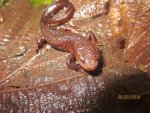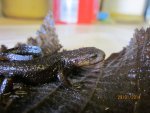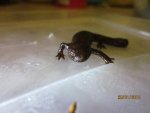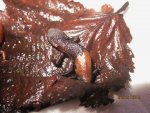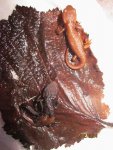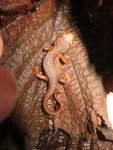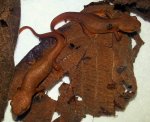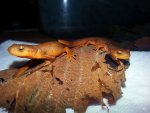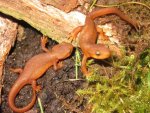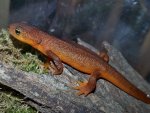- Joined
- May 8, 2013
- Messages
- 2,685
- Reaction score
- 131
- Points
- 63
- Location
- Chesterfield, England
- Country
- England
Oh no that's terrible! I wonder if it would be worth trying them in a terrestrial setup, at least it would rule out something in their water?


